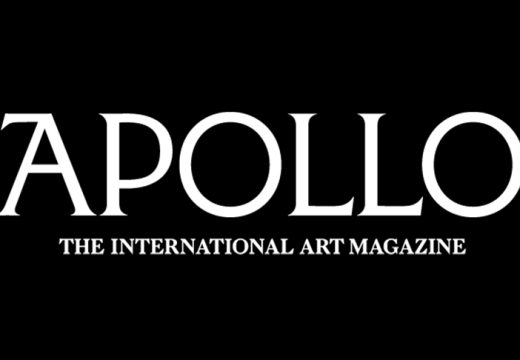Our daily round-up of news from the art world
David Adjaye will design UK Holocaust memorial | This morning it was announced that British architect David Adjaye has won the competition to design a national Holocaust memorial and learning centre for the UK. The winning design, presented by Adjaye Associates together with Ron Arad Architects and a team of specialist designers, was unveiled this morning, beating nine other shortlisted competitors including Zaha Hadid Architects (in collaboration with Anish Kapoor) and Caruso St John (working with Marcus Taylor and Rachel Whiteread). The finished memorial and subterranean education centre will be located in Victoria Tower Gardens, near to the Houses of Parliament in London. For Apollo’s previous coverage on the Holocaust memorial project, see here.
Creative Time’s Nato Thompson departs for new Philadelphia institution | Nato Thompson, current artistic director of New York’s public art non-profit Creative Time, has been hired as the first artistic director of a new art institution: Philadelphia Contemporary, founded in 2016 by former director of the Pennsylvania Academy of the Fine Arts Harry Philbrick. Thompson, who departs Creative Time after a decade serving in various curatorial roles, will begin work at the new organisation – which is currently without a permanent venue – next month.
Wesleyan University launches residency for hurricane-affected artists | Connecticut’s Wesleyan University has announced the creation of a new residency, offered by the university’s arts centre in collaboration with its college of the environment, for artists from areas affected by the 2017 Atlantic hurricane season. The university is seeking artists whose work deals with issues of climate change for its short-term campus-based residency in April 2018.
Researchers uncover new source for medieval and Renaissance alabaster statues | A new study tracing the origins of over 60 alabaster statues dating from the 12th to the 17th centuries, published yesterday, has revealed the significance of a previously overlooked alabaster stone quarry in the French Alps, the New York Times reports. While two other major sources of the mineral – in central England and northern Spain – were already known to researchers, the French site was discovered to be a much richer source than previously thought. The results have been described as significant in reconstructing an accurate picture of the art trade route in western Europe during the Middle Ages and Renaissance.
Recommended reading | Just one story today for your recommended reading, but it’s a long one: the New Yorker has published an in-depth report by Patrick Radden Keefe on the Sackler family’s connections to the opioid industry, following Esquire’s profile on the philanthropic dynasty’s pharmaceutical empire published last week.
Unlimited access from just $16 every 3 months
Subscribe to get unlimited and exclusive access to the top art stories, interviews and exhibition reviews.












![Masterpiece [Re]discovery 2022. Photo: Ben Fisher Photography, courtesy of Masterpiece London](http://zephr.apollo-magazine.com/wp-content/uploads/2022/07/MPL2022_4263.jpg)






